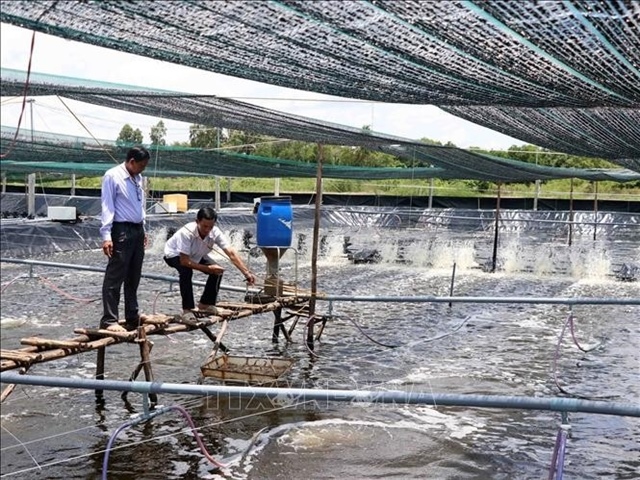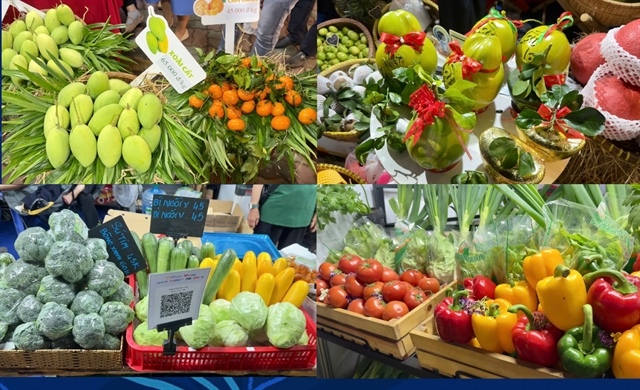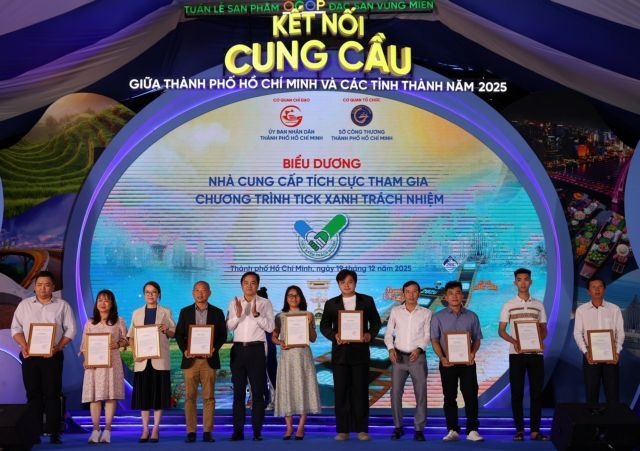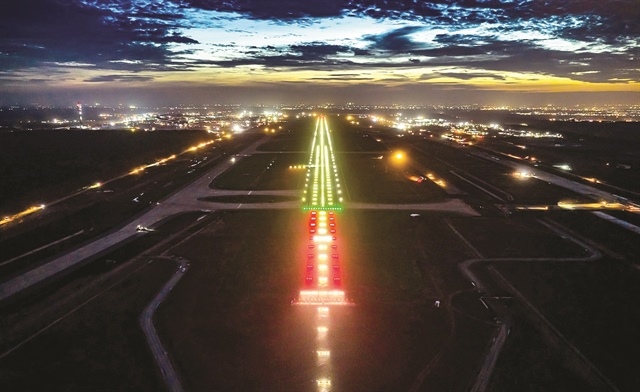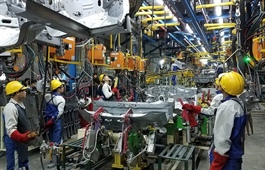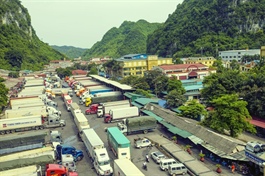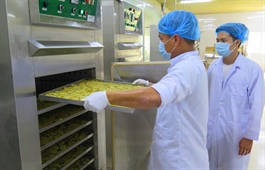Authorities in race to clean up Chinese border gate stagnation
Authorities in race to clean up Chinese border gate stagnation
As China continues its zero-COVID strategy, bilateral trade between the economic giant and Vietnam has fallen into near-hibernation, leaving many goods stuck at the border gates for weeks.

On the last day of 2021, the director of the Guangxi Department of Commerce was quoted explaining that China attaches great importance to fighting the pandemic, putting safety and people’s lives first. The Guangxi side said it would extend the customs clearance time based on calculation, discussion, and agreement of the local authorities on both sides of the border.
On January 1, China applied new regulations on the registration of food imports and safety measures, despite objections from many countries. Accordingly, all foreign enterprises exporting food to China must register with Chinese customs, and all items must meet new regulations on registration, inspection, and labelling.
The situation worsened when China announced that it planned to suspend imports for 14 days before and after Lunar New Year. Au Anh Tuan, director of the Customs Supervision and Administration Department under the General Department of Customs, said that China’s tightened measures are “the main cause for limited border crossings, leading to border gates only reaching 20-25 per cent of the normal goods clearance volume.
According to Tuan, some localities in China are “intensifying anti-pandemic measures”. They asked to change the delivery of goods at Tan Thanh-Po Key and Huu Nghi-Huu Nghi Quan border gates and require drivers to go home on the same day of the delivery, while also staying in the vehicle and proving full vaccination and PCR tests every three days.
Vietnam’s Ministry of Agriculture and Rural Development (MARD) and Chinese customs have signed an agreement on the import of nine agricultural products such as dragon fruit, watermelons, lychees, longan, bananas, and more, but China’s new measures may hinder the export of these fruits due to longer clearance times.
Le Thanh Tung, deputy director at the MARD’s Department of Crop Production, said in December that fruit output reached more than 700,000 tonnes, of which dragon fruit had the highest output, reaching 200,000 tonnes. “It is forecasted that in the first quarter of 2022, the output will reach about 1.7 million tonnes,” Tung added.
Meanwhile, China is pressing forward with its zero-COVID policy. Vietnam’s Ministry of Industry and Trade (MoIT) said that the prevention measures would disrupt supply chains, negatively affecting the development of bilateral trade and causing great losses to businesses on both sides.
Bilateral and multilateral cooperation mechanisms have contributed significantly to the development of trade between Vietnam and China. In 2010-2019, the bilateral trade turnover maintained an average growth rate of 17.6 per cent per year, higher than the average growth rate of Vietnam’s trade with the world in the same period.
In September 2021, the MoIT and China’s Ministry of Commerce signed two MoUs on further cooperation and establishing a Vietnam-China Trade Facilitation Working Group. The MoIT stated that these MoUs are an “important basis for the two sides to implement effective cooperation programmes”.
In these deals, the two parties reached a consensus on three contents. Firstly, to promote bilateral trade stably, balanced, and sustainably and establish a Trade Facilitation Working Group to promptly handle arising problems, including goods clearance through border gates. Next, to support businesses of both countries and strengthen their resilience and business activities during and after the pandemic. Lastly, both countries aim to strengthen the exploitation and use of rail transport, especially for agricultural products, to reduce customs clearance pressure at borders.
Assoc. Prof. Dr. Pham Tat Thang from the Vietnam Trade Research Institute under the MoIT said, “The MoUs are reasonable as China continues to pursue its policy. China has a lot of goods that are stagnant as they cannot enter the US due to trade tensions and high tariffs. Also, since Chinese goods are stagnant, solvency is reduced, pulling the demand for imported goods down.”
According to Thang’s observation, the pandemic’s influence and US import policies have remained almost unchanged, and Chinese businesses have no other choice but to find a solution in the domestic market, greatly affecting the economic health of the country. “Vietnam’s export activities into China are mostly on a downward trend,” Thang warned. “China may continue to increase measures and technical barriers in trade, and Vietnam’s exports will be adversely affected.”
After many conversations, the MoIT proposed several solutions to the Chinese side. These proposals focus on immediately restoring the customs clearance of goods at the temporarily suspended border gates; a plan to supplement full-time drivers on each side; and a pilot in which vaccinated workers can work at the border to solve the shortages in loading and unloading.
Finally, the MoIT wants to encourage businesses on both sides to carry out customs clearance through rail and sea border gates to better facilitate customs clearance for agricultural exports of Vietnam, hoping that the current congestion of goods at the border gates will soon be resolved.


